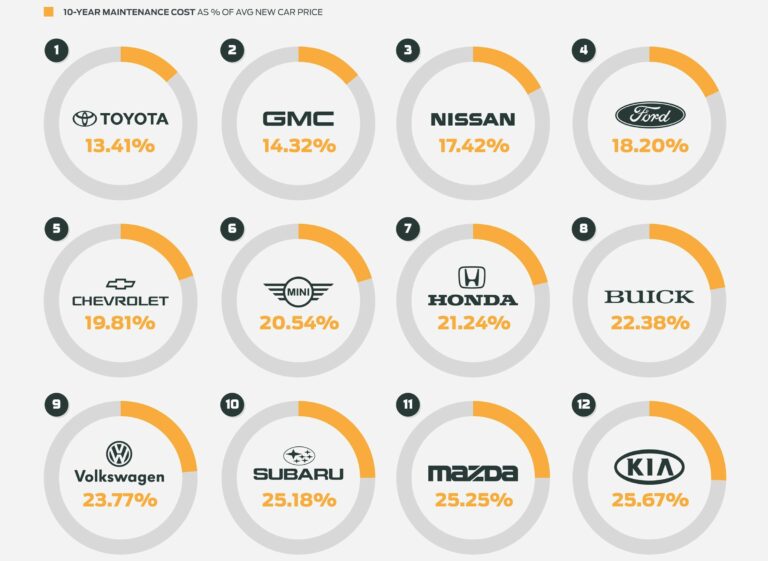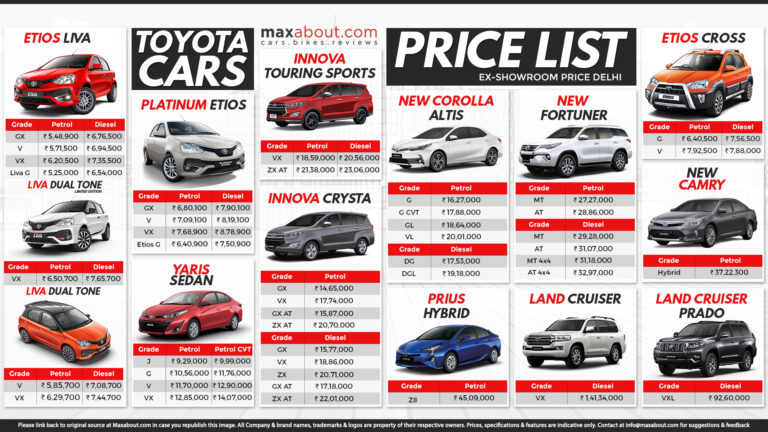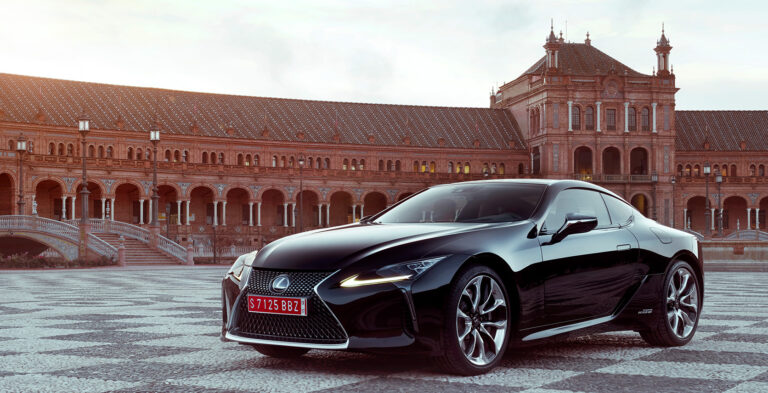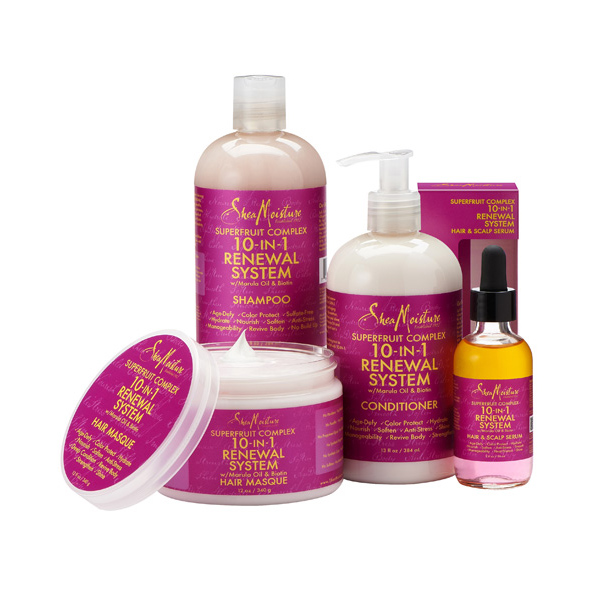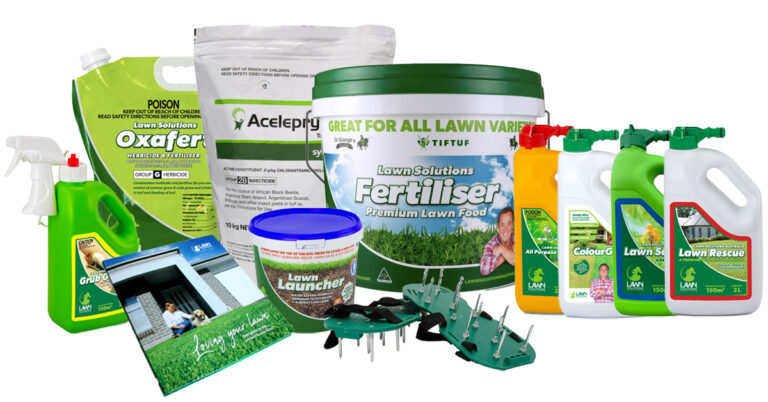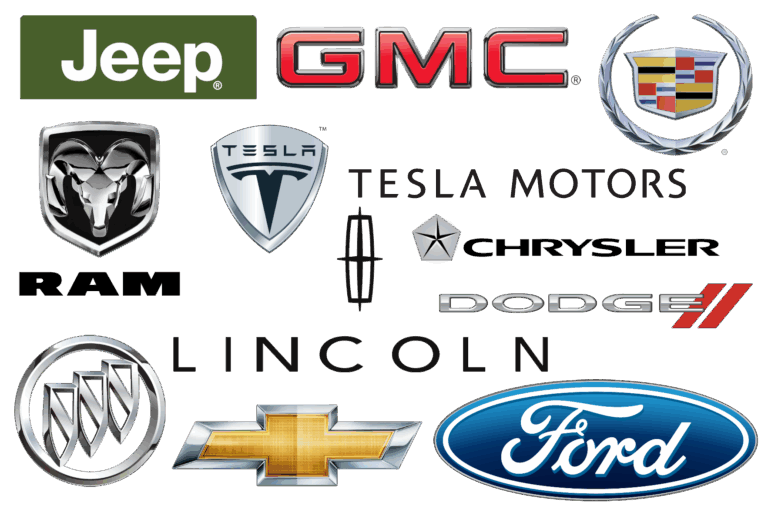Car Brand Comparison: Your Ultimate Guide to Making the Right Choice
Car Brand Comparison: Your Ultimate Guide to Making the Right Choice cars.truckstrend.com
Purchasing a car is one of the most significant investments many individuals or families will make. It’s not just about getting from point A to point B; it’s about safety, comfort, reliability, performance, and how well the vehicle integrates into your lifestyle. With hundreds of models and dozens of car brands vying for your attention, navigating the automotive market can be overwhelming. This is where Car Brand Comparison becomes not just helpful, but absolutely essential. It’s the meticulous process of evaluating different automotive manufacturers and their offerings based on a multitude of criteria to ensure you make an informed, confident, and ultimately, satisfying purchasing decision. Understanding the nuances between brands can save you money, enhance your driving experience, and ensure long-term satisfaction.
Key Criteria for Effective Car Brand Comparison
Car Brand Comparison: Your Ultimate Guide to Making the Right Choice
To truly compare car brands, one must move beyond superficial aesthetics and delve into the core attributes that define a vehicle’s quality and suitability. Here are the crucial criteria to consider:
-
Reliability & Durability: This is often at the top of most buyers’ lists. A reliable car brand builds vehicles that consistently perform as expected, with minimal breakdowns or costly repairs over their lifespan. Research industry reports from organizations like J.D. Power, Consumer Reports, and Warranty Direct to understand a brand’s track record for dependability and long-term durability. Brands like Toyota and Honda are historically renowned for their reliability, impacting everything from maintenance costs to resale value.
-
Performance & Driving Dynamics: This encompasses engine power, acceleration, handling, braking, and overall driving feel. Are you looking for a zippy city car, a powerful highway cruiser, or an off-road beast? Brands like BMW and Porsche are celebrated for their engaging driving dynamics, while others prioritize smooth, quiet rides. Consider horsepower, torque, transmission types, and the available drivetrain options (FWD, RWD, AWD).
-
Safety Features & Ratings: Safety should never be compromised. Modern cars come equipped with an array of active and passive safety features. Look for ratings from independent bodies like the National Highway Traffic Safety Administration (NHTSA) and the Insurance Institute for Highway Safety (IIHS) in the U.S., or Euro NCAP in Europe. Beyond airbags and anti-lock brakes, advanced driver-assistance systems (ADAS) like adaptive cruise control, lane-keeping assist, blind-spot monitoring, and automatic emergency braking are becoming standard and can significantly enhance safety.
-
Comfort & Interior Quality: Spend time in the cabin. Evaluate seating comfort, material quality (leather, cloth, soft-touch plastics), cabin spaciousness for passengers and cargo, and overall ergonomic design. Factors like road noise insulation, climate control effectiveness, and ease of access to controls contribute significantly to daily driving comfort. Luxury brands typically excel here, but many mainstream brands now offer surprisingly premium interiors.

-
Technology & Infotainment: The digital age has transformed car interiors. Assess the infotainment system’s user-friendliness, screen size, responsiveness, and connectivity options (Apple CarPlay, Android Auto, Bluetooth). Consider the quality of the sound system, navigation, voice control, and advanced features like heads-up displays or digital instrument clusters. Some brands integrate technology more seamlessly and intuitively than others.
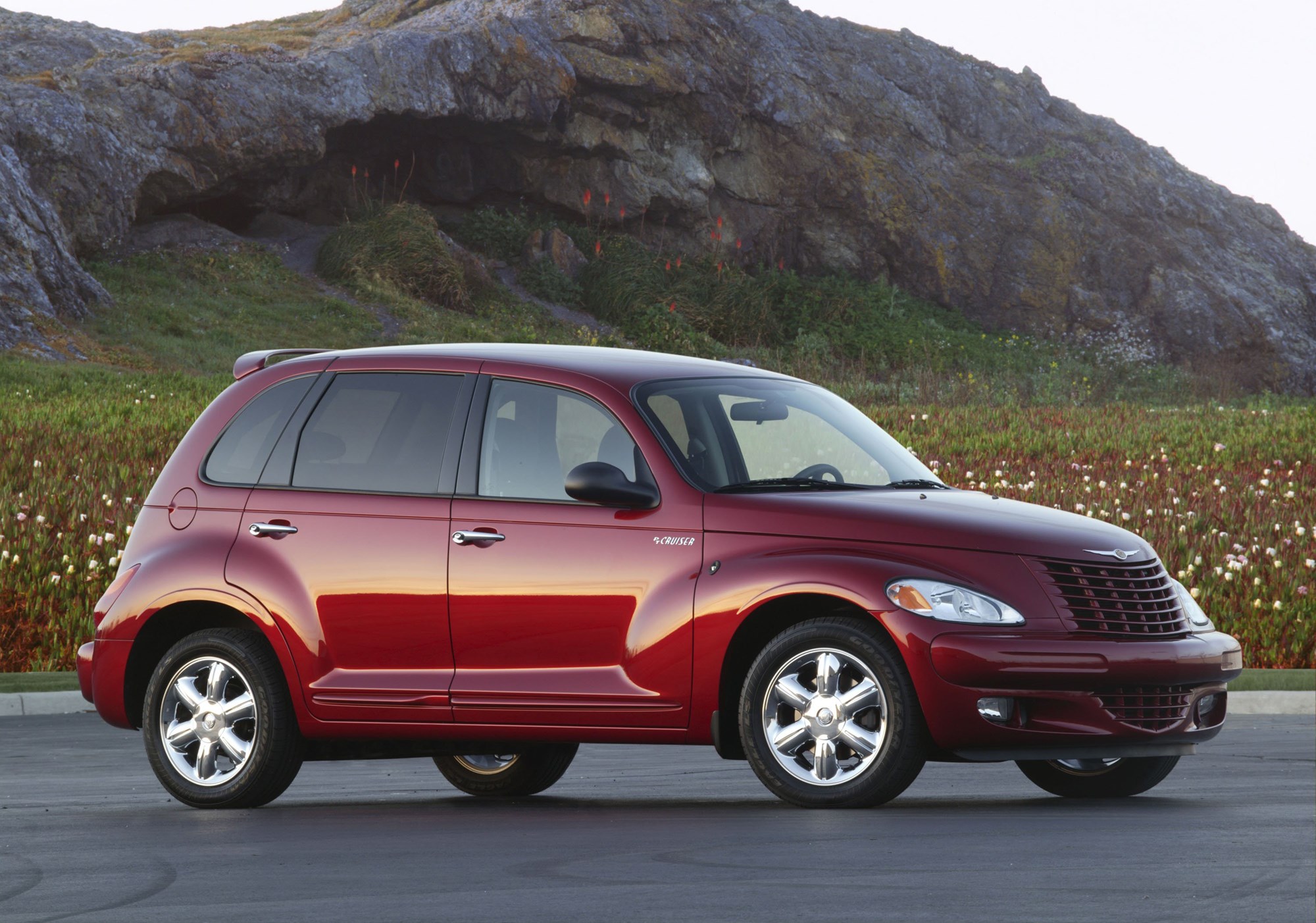
Fuel Efficiency & Environmental Impact: With rising fuel prices and environmental concerns, fuel economy is a major consideration. Compare MPG (miles per gallon) ratings for gasoline vehicles, or MPGe (miles per gallon equivalent) and range for electric vehicles (EVs). Brands are increasingly offering hybrid, plug-in hybrid (PHEV), and fully electric options, each with different environmental footprints and charging requirements.
-
Resale Value & Depreciation: A car’s value begins to depreciate the moment it leaves the dealership. Some brands and models hold their value better than others, which significantly impacts the total cost of ownership. Research historical depreciation rates for specific brands and models you’re considering. Brands known for reliability and strong demand often have better resale values.
-
Price & Value Proposition: This isn’t just about the sticker price (MSRP). Factor in financing options, potential incentives, and the total cost of ownership (TCO), which includes insurance, maintenance, fuel, and depreciation over time. A cheaper car upfront might cost more in the long run due to higher running costs or poor resale value. Some brands offer excellent value by packing more features for the price, while others command a premium for their badge and prestige.
-
Brand Reputation & Customer Service: A brand’s reputation extends beyond its vehicles to its dealership network, warranty support, and overall customer service. Research reviews of local dealerships for sales and service quality. A strong warranty and easily accessible, competent service centers can significantly enhance your ownership experience.

Categories of Car Brands: A Strategic Overview
Understanding the broad categories into which car brands fall can help narrow down your initial search:
-
Mainstream/Volume Brands: (e.g., Toyota, Honda, Hyundai, Kia, Ford, Volkswagen, Nissan)
- Focus: Reliability, fuel efficiency, value for money, practicality, broad appeal.
- Strengths: Wide range of models (sedans, SUVs, trucks, minivans), generally lower purchase and maintenance costs, extensive dealership networks.
- Best For: Everyday commuting, families, budget-conscious buyers, those prioritizing practicality.
-
Luxury/Premium Brands: (e.g., Mercedes-Benz, BMW, Audi, Lexus, Volvo, Acura, Genesis)
- Focus: Performance, advanced technology, high-quality materials, superior comfort, status.
- Strengths: Refined driving experience, cutting-edge safety and infotainment, opulent interiors, strong brand prestige.
- Best For: Executives, tech enthusiasts, comfort seekers, buyers prioritizing status and a refined experience.
-
Performance/Sports Brands: (e.g., Porsche, Ferrari, Lamborghini, McLaren, Corvette, Aston Martin)
- Focus: Driving dynamics, speed, handling, exclusivity, racing heritage.
- Strengths: Exhilarating acceleration, precise handling, unique designs, high emotional appeal.
- Best For: Driving enthusiasts, collectors, those seeking ultimate speed and agility, high-income buyers.
-
Electric Vehicle (EV) Specialists: (e.g., Tesla, Rivian, Lucid, Polestar)
- Focus: Electric range, cutting-edge software, rapid acceleration, sustainability.
- Strengths: Zero emissions, lower running costs (electricity vs. gasoline), often innovative tech and minimalist designs.
- Best For: Early adopters, eco-conscious buyers, tech-savvy individuals, urban commuters.
-
Off-Road/Utility Brands: (e.g., Jeep, Land Rover, Subaru, Ram)
- Focus: Off-road capability, durability, versatility, all-weather performance.
- Strengths: High ground clearance, advanced 4×4 systems, rugged construction, cargo capacity.
- Best For: Adventurers, outdoor enthusiasts, rural living, those needing high clearance and towing capacity.
How to Conduct a Thorough Car Brand Comparison
Making a truly informed decision requires a systematic approach:
-
Define Your Needs and Budget: Before looking at any cars, clarify your priorities. What’s your maximum budget (including insurance and running costs)? How many passengers? What kind of driving (city, highway, off-road)? What are your non-negotiables (e.g., safety features, cargo space, fuel economy)?
-
Initial Research (Online & Offline):
- Brand Websites: Explore model ranges, specifications, and features.
- Automotive Review Sites: Edmunds, Kelley Blue Book (KBB), Car and Driver, MotorTrend, Consumer Reports offer expert reviews, comparison tools, and user reviews.
- Forums & Social Media: Join owner forums or Facebook groups for specific brands/models to get real-world insights into ownership experiences, common issues, and community support.
- Magazines & Publications: Traditional auto magazines still offer in-depth reviews and comparisons.
-
Compare Specific Models Side-by-Side: Once you’ve identified a few brands and models that align with your needs, use online comparison tools to view their specifications, features, and pricing side-by-side. Pay attention to trim levels, as features can vary significantly.
-
Read Expert and User Reviews: Balance professional opinions with feedback from actual owners. Experts provide technical insights and comparative analysis, while user reviews offer perspectives on daily usability, reliability, and service experiences. Look for recurring themes in both positive and negative feedback.
-
The All-Important Test Drive: This is non-negotiable. Schedule test drives for your top contenders from different brands. Drive them on various road types (city, highway, bumpy roads) to simulate your typical driving conditions. Pay attention to:
- Comfort and seating position.
- Visibility.
- Acceleration and braking feel.
- Steering responsiveness and handling.
- Cabin noise and ride quality.
- Ease of using infotainment and controls.
- Parking ease.
-
Calculate Total Cost of Ownership (TCO): Use online calculators (e.g., from Edmunds, KBB) to estimate the five-year cost of ownership for different models. This includes depreciation, fuel, insurance, maintenance, and repairs. A car with a higher sticker price might have a lower TCO if it’s more fuel-efficient, reliable, and holds its value better.
-
Evaluate Warranty and Service Network: Understand the warranty coverage (bumper-to-bumper, powertrain, rust) and its duration. Research the availability and reputation of local dealerships for service and parts. A brand with a sparse service network could be problematic if you live in a remote area.
Common Pitfalls and Solutions in Car Brand Comparison
-
Pitfall: Over-reliance on Brand Loyalty: Sticking to a brand simply because your family always has, or you had a good experience once, can limit your options.
- Solution: Approach the comparison objectively. New brands or models from competitors might offer better value or features now.
-
Pitfall: Ignoring Total Cost of Ownership (TCO): Focusing only on the purchase price and overlooking ongoing expenses.
- Solution: Always factor in fuel, insurance, maintenance, and depreciation. A higher-priced, more reliable, and fuel-efficient car might be cheaper in the long run.
-
Pitfall: Not Test Driving Enough: Relying solely on online research.
- Solution: Always test drive your top choices. The tactile experience and personal feel of a car are irreplaceable. Drive on different road types and at varying speeds.
-
Pitfall: Getting Swayed by Features Over Needs: Being dazzled by fancy tech or luxury features you don’t actually need or won’t use.
- Solution: Prioritize your essential needs first, then consider desirable features as a bonus. Avoid paying for technology you won’t fully utilize.
-
Pitfall: Ignoring Resale Value: Not thinking about how much the car will be worth when you sell or trade it in.
- Solution: Research historical depreciation rates for specific models and brands. Brands known for reliability often maintain better resale values.
Car Brand Comparison: A Snapshot
Here’s a general comparison table to illustrate the typical strengths and positioning of various car brand categories. Note that specific models within a brand can vary significantly.
| Brand Category | Example Brands | Key Strengths | Typical Price Segment (USD) | Best For |
|---|---|---|---|---|
| Mainstream/Volume | Toyota, Honda, Hyundai, Kia, Ford, VW, Nissan | Reliability, Fuel Efficiency, Value, Broad Range, Practicality | $20,000 – $45,000 | Everyday Commuting, Families, Budget-Conscious Buyers |
| Luxury/Premium | Mercedes-Benz, BMW, Audi, Lexus, Volvo, Acura | Performance, Advanced Tech, High-Quality Interiors, Status | $40,000 – $100,000+ | Executives, Tech Enthusiasts, Comfort Seekers, Status Buyers |
| Performance/Sports | Porsche, Ferrari, Lamborghini, Corvette, Subaru (WRX) | Driving Dynamics, Speed, Handling, Exclusivity, Heritage | $70,000 – $500,000+ | Enthusiasts, Track Days, Collectors, High-Income Buyers |
| Electric Vehicle (EV) Specialists | Tesla, Rivian, Lucid, Polestar | Long Range, Cutting-Edge Tech, Software, Sustainability | $40,000 – $150,000+ | Early Adopters, Eco-Conscious, Tech-Savvy, Urban Commuters |
| Off-Road/Utility | Jeep, Land Rover, Subaru (Crosstrek/Forester), Ram | Off-Road Capability, Durability, Versatility, All-Weather | $30,000 – $80,000+ | Adventurers, Outdoor Enthusiasts, Rural Living, High Clearance |
| Value/Budget | Mitsubishi, Chevrolet (some models), Nissan (some models) | Low Entry Price, Basic Functionality, Practicality, Standard | $18,000 – $30,000 | First-Time Buyers, Students, Strict Budgets |
(Note: Price ranges are highly generalized and depend heavily on specific models, trims, and market conditions.)
Frequently Asked Questions (FAQ) about Car Brand Comparison
Q: Is brand loyalty important when buying a car?
A: While familiarity and past positive experiences can be comforting, rigid brand loyalty can prevent you from discovering potentially better options from competitors. It’s wise to keep an open mind and compare objectively.
Q: Which car brand is the most reliable?
A: Reliability rankings can vary slightly by year and source (e.g., J.D. Power, Consumer Reports). Historically, Japanese brands like Toyota and Honda consistently rank very high for reliability. However, many other brands have significantly improved their reliability in recent years.
Q: How much should I rely on online reviews?
A: Online reviews (both expert and user) are valuable resources. Expert reviews provide technical insights and comparative analysis, while user reviews offer real-world perspectives. Balance both, and look for recurring themes rather than isolated opinions.
Q: What’s the biggest difference between luxury and mainstream brands?
A: Luxury brands typically offer superior material quality, more advanced technology (often as standard), higher performance engines, more sophisticated driving dynamics, and a premium ownership experience (e.g., concierge services). Mainstream brands focus on value, practicality, and broad appeal, providing solid performance and features at a more accessible price point.
Q: Should I consider resale value when comparing brands?
A: Absolutely. Resale value is a significant component of a car’s total cost of ownership. Brands and models that hold their value well will cost you less in depreciation over time, making them a smarter long-term investment.
Q: How important is a test drive?
A: Extremely important. Online research and reviews can only tell you so much. A test drive allows you to personally experience the vehicle’s comfort, handling, performance, and features, helping you determine if it’s the right fit for your driving style and needs.
Conclusion
Car brand comparison is far more than just looking at glossy brochures or online pictures. It’s a strategic, multi-faceted process that empowers you to make an informed decision aligned with your specific needs, budget, and lifestyle. By systematically evaluating brands and models across key criteria like reliability, safety, performance, technology, and total cost of ownership, you transform a potentially overwhelming task into a clear, actionable journey. Remember, the "best" car brand isn’t universal; it’s the one that best suits you. Invest the time in thorough comparison, and you’ll drive away with confidence, knowing you’ve made a smart choice for years to come.

